Auto darkening welding helmets are a recent innovation in the welding world. They offer welders many benefits, such as protection from ultraviolet radiation and sparks. But how do they work? In this guide, we will answer that question and more! We will discuss how auto darkening welding helmets work and what features to look for when purchasing one. So, whether you are a welder or just curious about this technology, keep reading!
Table of Contents
Breakdown of the auto-darkening welding lens
An auto-darkening welding helmet is equipped with a lens that contains several layers of filters. These filters are made of materials that darken when exposed to ultraviolet light. The most common type of filter is called a photochromic filter. Photochromic filters are created with molecules that respond to UV light by altering their shape.The new form of the molecule causes it to absorb more light, thereby making the filter appear darker.[1]
Most auto-darkening welding helmets have two sensors that detect the UV light from the arc. One sensor is located in front of your eyes and one is located behind your head. The front sensor is used to control the amount of darkness in the lens. The rear sensor is used as a backup in case the front sensor fails.

When you strike an arc, the sensors send a signal to a control unit inside the helmet. The control unit then activates the filters in the lens, darkening it to the appropriate level.
Some auto-darkening welding helmets have a manual adjustment knob that allows you to set the darkness of the lens. This is useful if you are welding in a difficult-to-see area or if you want to weld for longer periods of time without having to stop and adjust the helmet.
This setting controls how long it takes for the helmet to darken after you strike an arc. A shorter delay means that the helmet will darken more quickly, which can be useful when welding in low light conditions. A longer delay means that the helmet will darken more slowly, which can be useful when welding in bright light conditions.Auto-darkening welding helmets offer many benefits over traditional welding helmets. They are more comfortable to wear for long periods of time and they provide better protection from UV radiation and sparks.
Welding involves using high temperatures to melt metal so that it can be joined together. This process can create harmful ultraviolet (UV) rays and sparks that can damage your eyesight and skin. To protect yourself, you need to wear a welding helmet.
Traditionally, welding helmets were made with a fixed shade lens that you had to manually change based on the conditions. This meant that you had to stop welding every few minutes to adjust the lens, which was not only time-consuming but also dangerous.[2]
With an auto-darkening welding helmet, the lens darkens automatically in response to the UV light and sparks, so you don’t have to stop working. Auto-darkening welding helmets have sensors that detect the UV light and send a signal to a control unit that activates the filters in the lens. The darkness of the weld is inversely proportional to the welding current and arc length.
Polarization filter
Polarization is an effect that occurs when light waves are reflected off of a surface. The light waves become aligned, or “polarized.” This alignment can cause the light to be scattered in different directions, which reduces the amount of light that reaches your eyes.
Polarizing filters work by blocking certain wavelengths of polarized light. This allows less light to reach your eyes, making the world appear darker. Polarizing filters are often used in sunglasses because they reduce glare from sunlight. [3]
Auto-darkening welding helmets use a polarizing filter to darken the lens in response to UV light. The darkness level is based on the welding current and arc length. A shorter welding arc will result in less darkness, while a longer arc will be darker.
UV/IR Interference Filter
UVC rays are the most harmful type of UV radiation, but they are absorbed by the Earth’s atmosphere and do not reach the ground. [4]
UVB rays are less harmful than UVC rays, but they can still damage your skin and eyes.
UVA rays are the least harmful type of UV radiation, but they can penetrate clouds and glass.
IR interference filters block both ultraviolet (UV) light and infrared (IR) light.
Near-IR rays are the closest in wavelength to visible light, and they are used in optical fiber communications.
Middle-IR rays are used in thermal imaging cameras.
Far-IR rays are used in infrared saunas.
Adjustable sensitivity and delay controls
Both regular and professional level chameleon welding helmets usually have the ability to adjust the brightness of the welding arc, which darkens the filter. Low light sensitivity can be beneficial when welding at low amperage, especially in a procedure like TIG where the arc is not as brilliant as it is with other welding techniques.
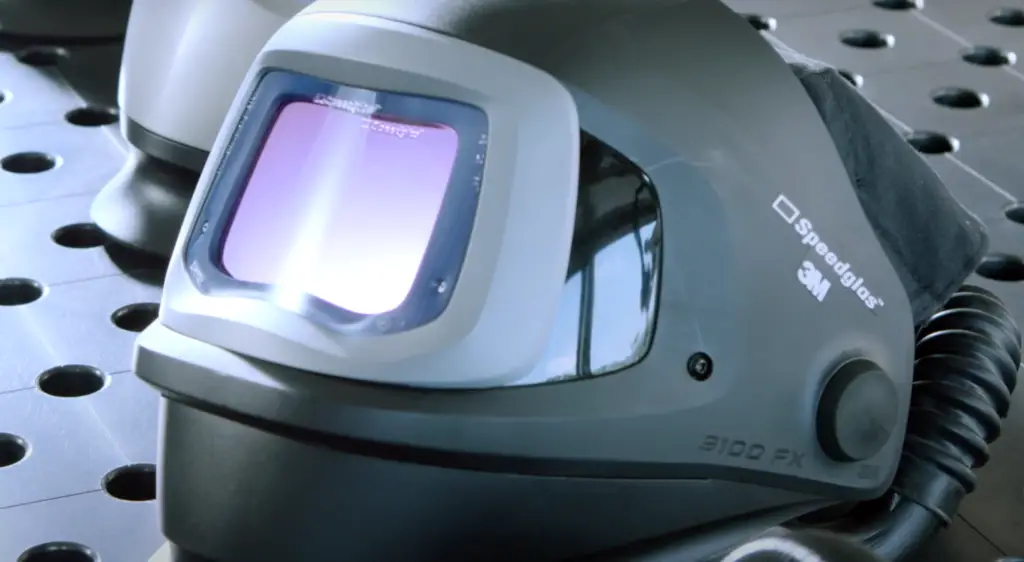
Delay control is another very useful feature. This setting allows you to set the length of time the light filter remains dark after welding has stopped. When you need to do potholders and you have a lot of work to do, choosing a short delay will get the job done faster.
A longer delay time can be useful when welding at very high welding currents to protect the eyes from looking at the weld area when the arc is extinguished but the weld pool is still brightly lit. Depending on the manufacturer and price, these functions are often controlled by toggle switches for high/low sensitivity and high/low delay. A professional chameleon welding mask, as a rule, is equipped with the maximum number of various adjustments so that the welder can work with comfort and quality. [5]
Active helmets are more expensive, but they respond more quickly to the welding arc and provide better protection from UV light.No matter which type of auto darkening welding helmet you choose, be sure to read the manufacturer’s instructions carefully before use. Proper care and maintenance of your helmet will help ensure that it provides adequate protection for years to come.
LC-Cell Layer
The photochromic lens in a passive auto darkening welding helmet contains a layer of photochromic cells, also known as LC-cells. These cells are made of liquid crystals that change shape when exposed to UV light. The change in shape causes the cells to absorb more light, which makes the lens darker.
When the welding arc is extinguished, the UV light disappears and the LC-cells return to their original shape. This allows more light to pass through the lens, making it lighter and allowing the welder to see clearly again. Passive helmets usually have two or three LC-cell layers for optimal protection. [6]
Active auto darkening welding helmets use an electrochromic lens that darkens when an electrical current is applied. The current is supplied by a battery, solar panel, or other power source.
When the current is applied, the electrochromic cells darken to absorb light and reduce glare. When the current is turned off, the cells lighten to allow more light to pass through the lens. Active helmets usually have two electrochromic cell layers for optimal protection.
There are a few different types of auto darkening welding helmets on the market, each with their own set of features. But how do they all work? Let’s take a look.
Many helmets with such options, like auto-darkening welding use in their construction a liquid crystal display (LCD). Such displays control the light which passes through lenses. This is done by varying the voltage that is applied to the LCD. The higher the voltage, the more light that is allowed to pass through, and vice versa.
Another type of auto darkening welding helmet uses a photochromic lens. This type of lens gets darker when exposed to UV light, just like your sunglasses. When there is no UV light present, such as when you’re indoors, the photo chromic lens will be clear.

Finally, there are auto darkening welding helmets that use a combination of LCD and photochromic technology. These helmets offer the best of both worlds by allowing you to adjust the amount of light that passes through the lens, as well as getting darker in response to UV light.
The functioning of lenses
So, how the lens actually work?
The lens of an auto darkening welding helmet is made up of several layers. The outermost layer is transparent and protects the inner layers from damage. The next layer is where the magic happens. This is where the LCD or photo chromic lens is located. And finally, the last layer is a filter that protects your eyes from the harmful UV rays that are emitted during welding.
When you’re ready to weld, all you have to do is put on your helmet and flip down the protective cover. Once you start welding, the UV light that is emitted will cause the LCD or photo chromic lens to darken. This will protect your eyes from the bright light and allow you to see what you’re doing.
Auto darkening welding helmets use a liquid crystal display (LCD) to darken the lens automatically when an arc is struck. The LCD is made up of tiny pixels that can change from clear to dark when an electric current is applied.
When no current is flowing, the pixels are clear and allow light to pass through. When an arc is struck, the current flow causes the pixels to turn black and block out the light.
The helmet’s shade level can be adjusted depending on the type of welding being done and the welder’s preference. Some helmets also have a sensitivity setting that allows the helmet to darken in response to even small amounts of light, such as from a welding torch.
Auto darkening welding helmets can provide welders with increased safety and productivity. By automatically darkening the lens, the welder does not have to stop work to adjust the shade level manually. This can help reduce eye fatigue and increase welding speed.
How fast do auto-darkening welding helmet lenses work?
Auto-darkening welding helmet lenses typically work in milliseconds. This means that the lens can darken almost instantly when an arc is struck, providing welders with optimal protection from the bright light.
Some auto-darkening welding helmets also have a delay feature that allows the welder to set a time delay between when the arc is struck and when the lens starts to darken. This can be helpful for welders who want to position their torch before the lens automatically darkens.
Auto-darkening lens filter or ADF
This is a special liquid crystal display (LCD) that is similar in design and technology to that used to display numbers on a digital alarm clock. Most cartridges are powered by a combination of battery and solar energy. Several light sensors are installed near the lens to detect the welding arc. When the lens is not activated, the LCD auto-darkening filter is usually in the shade #3 or #4 zone, which is enough to make it relatively easy to see through the filter – it’s like looking through sunglasses.
This makes it easy to strike the welding arc because the welder can see the position of the stick electrode holder or MIG, TIG torch in relation to the material to be welded. Once the arc is ignited, sensors on the helmet darken the lens from #9DIN to #13DIN, depending on the settings, hundreds of times faster than you can blink your eye.
Since the filter has UV and IR coating, the eyes are always protected from harmful rays, regardless of whether the filter is in active or inactive mode. So, the mask with automatic darkening is always ready to go. When using such a mask, you will say “no” to sloppy starts, because the arc did not move.
So, how do auto darkening welding helmets work?
Essentially, these helmets are equipped with a special lens that automatically adjusts its tint in response to the intensity of the welding arc. This allows welders to have clear vision while working, without having to constantly adjust their helmet’s visor.
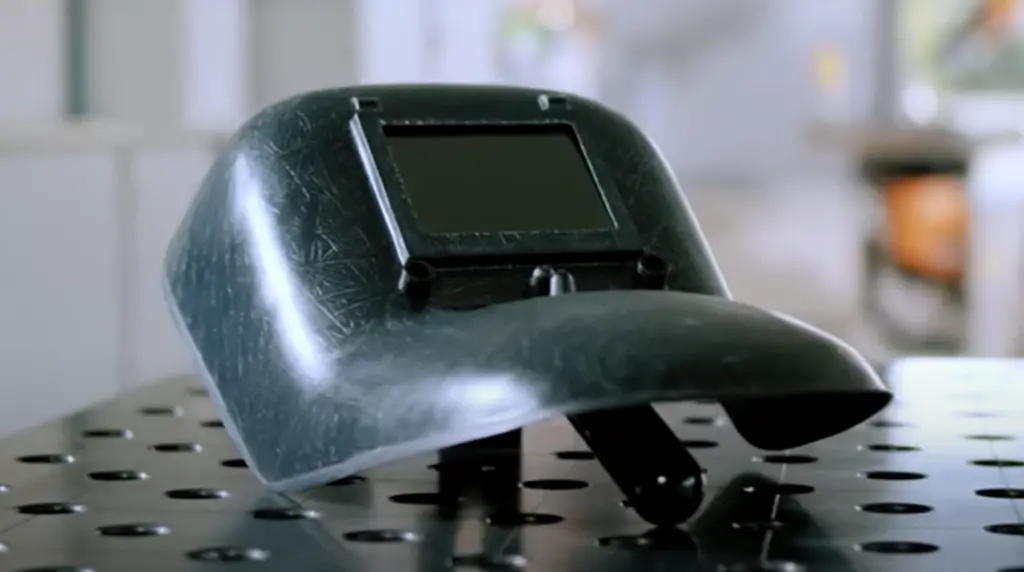
There are a few different types of auto darkening welding helmets on the market, each with its own benefits and drawbacks. For example, some models are designed to be used with specific types of welding machines, while others can be used with any machine.[7]
No matter what type of auto darkening welding helmet you choose, though, it’s important that you always follow the manufacturer’s instructions carefully. This will help to ensure that your helmet works properly and provides the level of protection you need.
How to tell if the lens is not working
If you are unsure whether or not your auto-darkening welding helmet is working correctly, there are a few ways to test it. First, you can try looking at a bright light source, such as the sun or a welding arc, through the lens. If the lens does not darken in response to the light, then it may need to be replaced.
Another way to test your helmet’s lens is to weld a small piece of metal and then observe the weld pool through the lens. The pool should appear dark when viewed through the lens in its full shade mode. If it does not, then your helmet’s lens may need to be replaced.
If you think that your auto-darkening welding helmet’s lens needs to be replaced, it’s important to do so as soon as possible. A defective or damaged lens can reduce your visibility while welding and put you at risk of injury.
When replacing the lens in your auto-darkening welding helmet, be sure to choose a replacement that is compatible with your helmet model. Using an incompatible replacement lens can damage your helmet and void its warranty.
They will be able to help you choose the right replacement lens and ensure that it is properly installed in your helmet.FAQ
Is an auto-darkening welding helmet a good choice?
A helmet like this might be a good choice for you if you want to protect your eyes while welding and continue to do your job well. The main criterion in choosing this helmet should be your personal experience in this matter and what is right for you.
For some, such helmets are uncomfortable, for others, that’s it. The main thing to remember is that such helmet is designed specifically to protect the eyes from extra light sparks and you should rely on this characteristic while choosing the right one for yourself.
Are auto darkening helmets worth it?
This is a difficult question to answer since it depends on personal preferences and needs. Some welders find that auto darkening welding helmets provide clear vision and protection from the harmful effects of welding arcs. Other welders find that these helmets are too bulky and prefer to use traditional welding helmets instead. Ultimately, the best type of helmet for you is the one that suits your individual needs the best.
Do auto darkening welding helmets turn off?
No, auto darkening welding helmets do not turn off. These helmets have a photoelectric cell that is sensitive to light. When the cell detects a bright light source, such as a welding arc, it automatically darkens the lens of the helmet to protect the welder’s eyes.
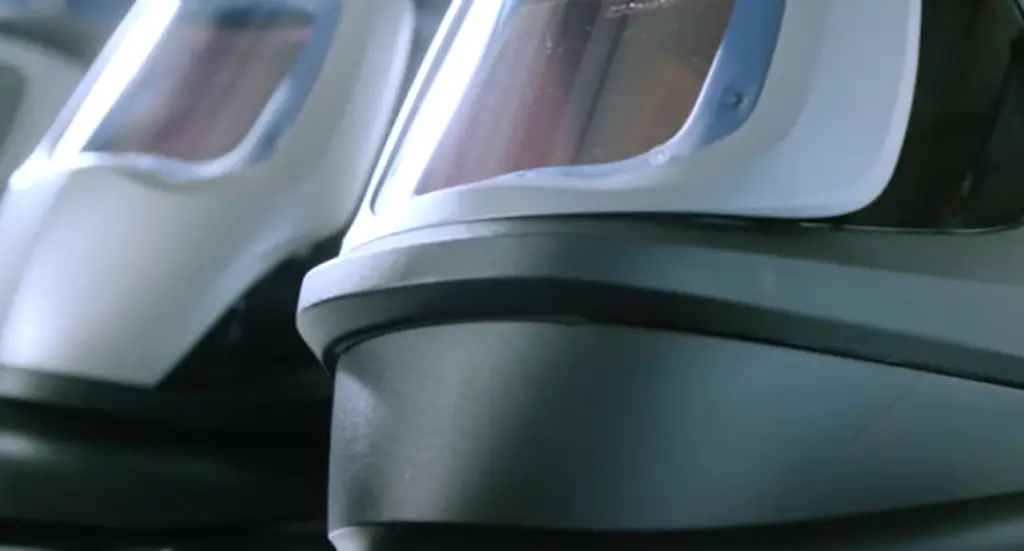
If you are having trouble with your auto darkening welding helmet, there are a few things you can try. First, make sure that the batteries are properly installed and that they have enough power. If the batteries are low, replace them with fresh ones. Next, check to see if the photoelectric cell is dirty or obstructed. If it is, clean it with a soft cloth or use compressed air to blow away any debris.4
How long do auto-darkening helmets last?
Auto darkening welding helmets typically have a lifespan of about three to five years. However, this can vary depending on how often the helmet is used and how well it is cared for. To extend the life of your helmet, be sure to follow the manufacturer’s instructions for cleaning and storage. You should also avoid dropping or banging the helmet, as this can damage the internal components and shorten its lifespan.
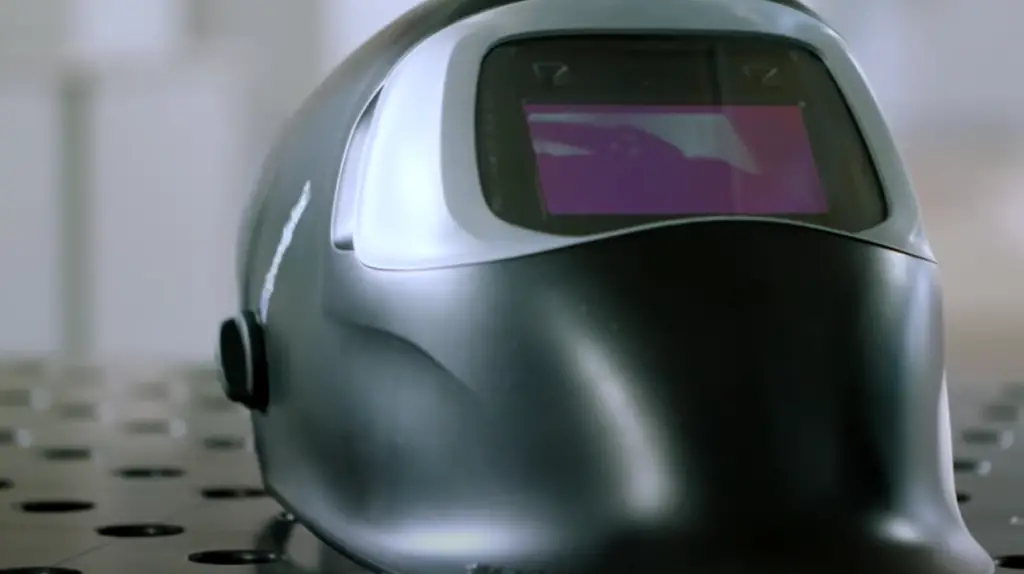
If you take good care of your auto darkening welding helmet, it should last for many years. However, if you notice that it is not working as well as it used to or if it sustains any physical damage, be sure to consult with the manufacturer or a qualified welding professional. They will be able to help you determine if the helmet needs to be repaired or replaced.
Useful Video: How do Auto-Darkening Welding Helmets Work? Secrets of their function and their features
Conclusion
Auto darkening welding helmets are a must-have for any welder. They protect your eyes from the intense light and heat of the welding process, and they also keep your face safe from sparks and debris. But how do they work? In this article, we’ve taken a closer look at the inner workings of auto darkening welding helmets and answered some common questions about them. If you’re thinking of buying one, or if you just want to know more about how they work, be sure to read on.
References:
- https://weldgears.com/do-welding-helmets-protect-from-uv/
- https://www.cp-fashionatsports.com/en/helmets/technology/visor-technology/
- https://www.awsi.com.au/blog/how-do-3m-auto-darkening-filters-work
- https://www.awsi.com.au/blog/how-do-3m-auto-darkening-filters-work
- https://waterwelders.com/auto-darkening-vs-passive-welding-helmet/
- https://weldguru.com/how-do-auto-darkening-welding-helmets-work/
- https://waterwelders.com/how-auto-darkening-welding-helmet-works/

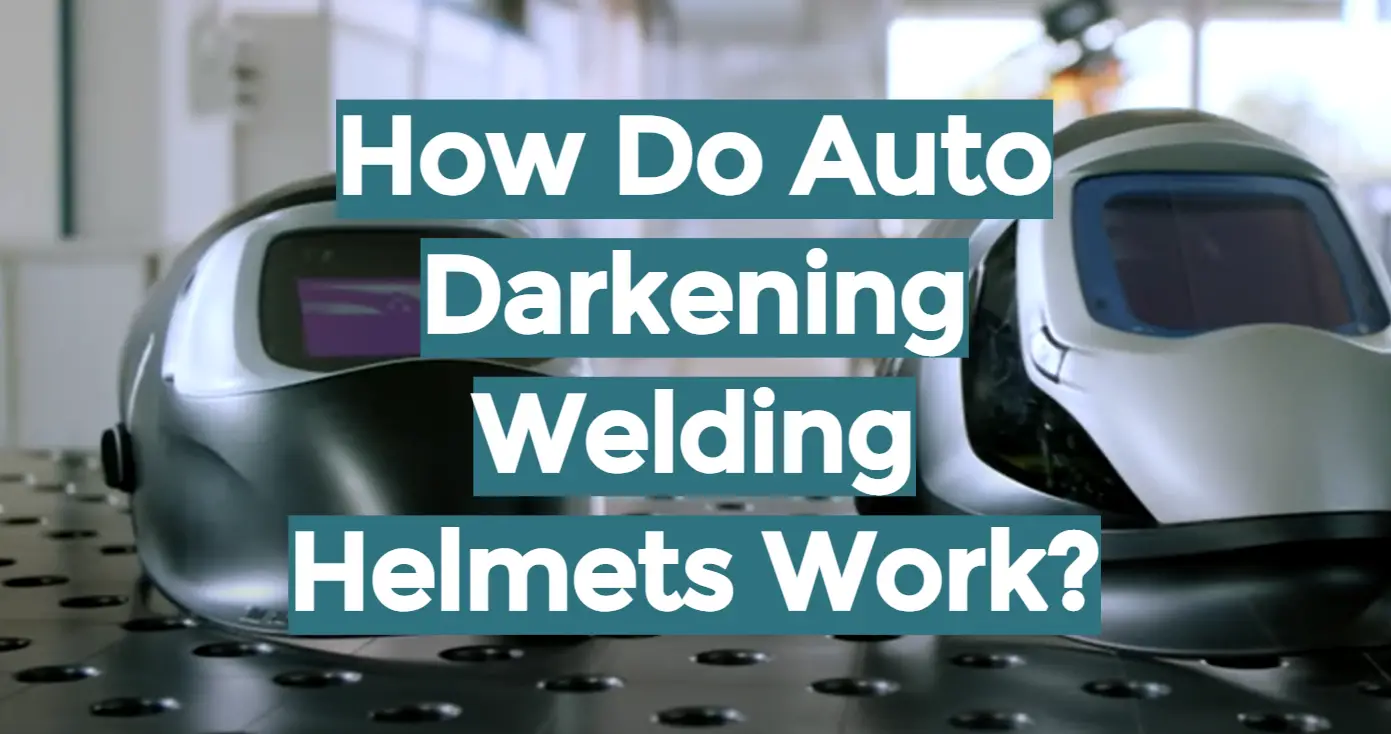
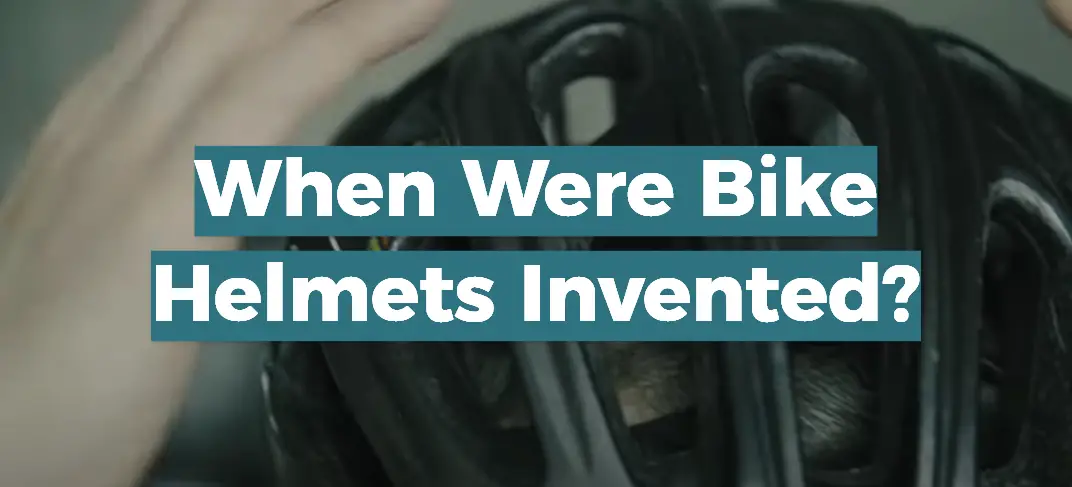
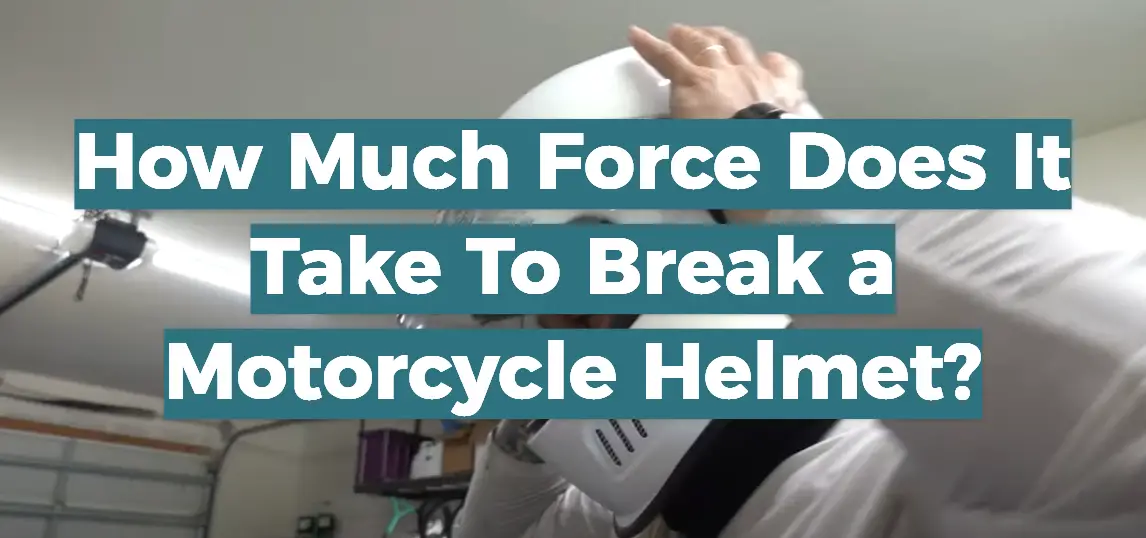

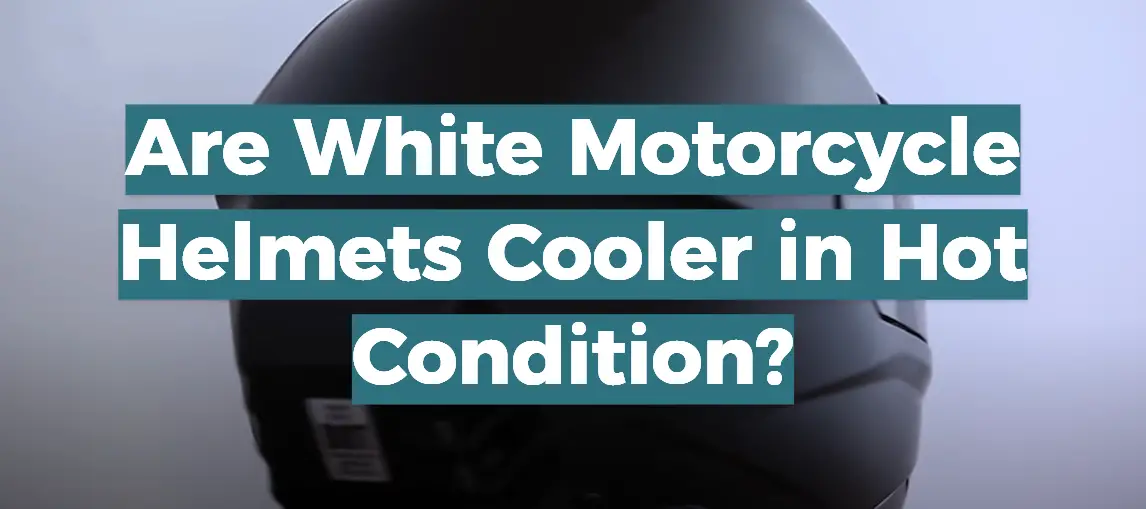
Leave a Reply